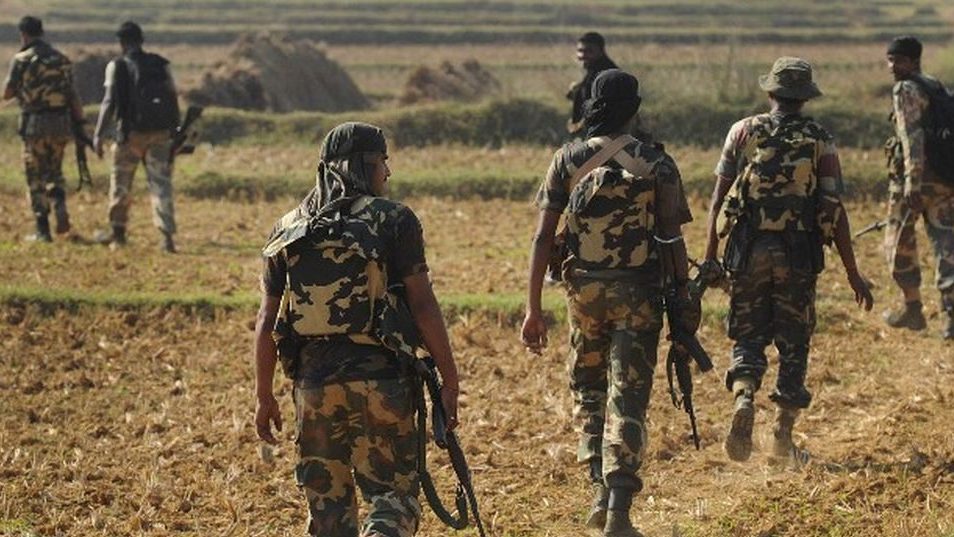
Ground Realities – Chhattisgarh Ambush
Tue, 20 Apr 2021 | Reading Time: 7 minutes

Ground Realities – Chhattisgarh Ambush
The ambush by Naxals in Chhattisgarh on 3 April 2021 inflicting heavy casualty on police and CRPF party came as a big shock and caused anguish across the country and also led to debate as to why the force designated for Internal Security continues to suffer high losses, surely enough, there have to be reasons behind it. Knowing it to be the period of Tactical Counter Operations Campaign (TCOC) by Maoists to establish and display their superiority, the planners needed to have put all their experience and resources to ensure the Naxals were not able to strike success and gain moral ascendancy. The losses are part of operations but to not learn or draw lessons for future is a disservice to men and dishonouring the sacrifices made.
One of the issues often debated among and by those concerned with matters related to internal security is the presence of top leadership in CAPFs which comprises officers on deputation from IPS. The cadre officers, having gained experience of many years of service feel aggrieved as police officers with very little or no experience and lacking continuity with the force, occupy most of the top important posts and exercise control in decision and policy making.
These forces, when raised initially, did not have the cadre of their own and therefore, required officers to hold senior posts. With passage of time these forces have grown and so have their own cadre. An environment of trust deficit exists where interests of cadre and IPS are clashing. An undesirable state for officers has lead men on ground to lose faith in leadership and forced them to take legal recourse to protect their legitimate interests and rights. This only widens the gap, loss of mutual trust and respect and severely affects the operational and administrative efficiency. It demotivates and lowers the morale. With security threats that loom on the nation and the role our security forces play towards national security, it is time the Government realises and assesses its gravity, the reality and need as to how best the CAPFs can or should be led and commanded. There is a need for officers at the middle, higher and top level to be working in perfect harmony, care and trust; or else the results are going to be disastrous.
The role and magnitude of challenges before the security forces, CAPFs, the situation in the country on internal security has seen a big change over the last couple of decades. Merely calling them Central Armed Police Forces should not make them a Police force and strengthen the claim to be commanded by Police Officers.
Strengthening State Police for Law and Order Needs
Most states initially had just one IG, now have DsG, SDsG, ADsG and IsG in dozens; it should by now have raised and modernised the State Police and made them competent enough to maintain law and order situations. Law and Order, being State subject, should essentially be handled by the State police which is the prime and core responsibility of IPS officers assigned to the State by the Government of India or pledged by the IPS officer themselves to serve having joined the elite service.
It is about time for the Government to have a system to employ additional police force from the adjoining states to deal with law and order, should the need arise. It will ensure State police are equally prepared to reinforce the neighbouring state during the need. It will also promote cooperation among the state police as they share a common border. Criminals take advantage of the borders.There could be nothing better for IPS officers to create a modernised and efficient police for their state. Law and order and Internal security being different, CAPF should only intervene on requisition made by state to centre, given the task to handle; the state police should provide them with necessary intelligence inputs, administrative wherewithal to carry on with the task.
Basic Principles for Warfare
The internal security challenges such as Naxal or CI environment are correctly being referred to as challenges to national security. These long term engagements by security forces in areas like Sukma and Bastar for CRPF or CoBra battalion or Kanker for BSF or elsewhere, require a very clear understanding of the situation by the commanders; be it induction and deployment of force, routine domination in area of responsibility or planned operations in the deep interiors. Operations have to be backed up with a sound plan based on credible intelligence and accurate assessment of ground and the adversaries.
To lose 23 jawans and having as many as 32 jawans getting injured, naxals escaping with one taken hostage along with large numbers of weapons and huge quantities of ammunition in a planned operation in the Jungles of Bijapur Sukma border, can never be anticipated by any planner or commander but it only suggests that this operation was ill planned and it had many loose ends. The operations need to follow certain principles of warfare that comes with experience and having thorough knowledge of operations. In forces, officers and men undergo individual and collective training to acquire that knowledge and skill, it is a continuous process. Only a well trained officer can instill confidence in men under command. Operations have to be based on certain principles and these can not be understood by senior officers in a compressed program of a few days of familiarisation visit or briefings. These are learnt and remembered through rigorous training schedules and exercises. No professional force can afford to have mismatch in understanding the very basics and fundamentals among its officers at any levels.
Who should plan and lead?
The success of operation depends on the soundness of the plan to achieve the aim. The plan has to be based on correct assessment of the situation, the ground, capabilities, strength and options available to the adversary, visualising various contingencies and factors to reach at logical deductions. The plan must be made by, the officer who is leading the operation, the commander
The problem starts when the plans are made by the advisors, staff officers seated in higher HQ trying to control the progress and outcome of the operation through radio or phone. The commander must be at the place and point of action with men. In joint operations, command should rest with officers of appropriate rank officer whose force constitutes a major part in the ensuing operation and whose task is most crucial for success of operation. Making a police officer with much less service experience as commander for operations carried out by CRPF/ Cobra/BSF units is being done on a regular basis. These forces must be given powers to exercise and operate independently. Those assigning the task must ensure they provide adequate resources to the commander to fulfil his aim.
Basic Principles, Considerations and Drills
Without Naxals exploiting the terrain and locals supporting them to their advantage; the forces operating there, in any size or time, must follow the principles and basic considerations to achieve success. The junior leaders leading the section, platoon, company or different teams or groups have to ensure elementary training on use of ground, adopting formations and drills on moving and securing bound is never compromised; these are not negotiable. Fire and move is the basis of operation in every warfare, it helps Commander retain balance and reaction capabilities when surprised. Conventional use of Advanced and Flank Guards for protection during move if understood correctly by the commander and men, can be applied for securing and protecting moves during operations thus eliminating chances of getting surprised. In close country, fire and move is the basic drill to be followed to ensure the entire group does not come under effective fire and retains capability to retaliate. The moves have to be tactical, bound by bound, clearing and securing important tactical features. In thick jungles, the parties may have to be divided in more number of groups with one party moving at a time, other covering them. It always takes time and is tedious, but must never be compromised. Like a rock climber uses two hands and two feet to secure hold on a rock, with his face towards the rock, only moving one hand or leg at a time to find a new hold. The other three holds provide him safety and stability.
Maintaining Contact once Established
Unless the entire party walks into ambush and is wiped out in the first go, the contact should never be lost. Breaking the ambush does not mean running away. So long as the contact is maintained, Naxals can not take away the weapons or mutilate or booby trap the bodies of jawans. As happened in this case, losing weapons and ammunition is more dangerous as these are bound to be used against own forces. Rushing in reinforcements or aid after the ambush is further prone to be ambushed.
Create and Retain In built Reserves
Therefore plan must cater for keeping adequate in built reserve placed or moving reasonably behind the leading columns. Reserve must be suitably armed and equally capable to carry out the same task assigned to the main group. The Naxals or insurgents rarely chose to get involved in pitched or prolonged battle with security forces. Once they feel threatened of being outfired, outnumbered, it is likely they may disengage. In all major important operations, situation and time permitting, use of helicopters for lifting armed reserves or use of helicopters as elevated firing platforms can prove to be force multiplier and retain initiative. Wherever possible, technological support must be fully utilised and made use to support the troops. The ideal situation would be to have sufficient troops to provide continuous security while moving or till they return. They need to be placed at locations to minimise the redeployment or rushing .
Learning and Sharing of Lessons
An operation turning into heavy losses for any force may be the result of some lapses that might have crept in during planning or execution of a plan or change in situation that was not anticipated. Some of it may be totally beyond control. Losses do impact the morale of the unit and the force and it is incumbent upon the commanders to revive the morale of men and which requires a very fine judgment and leadership skill .
Many times, an attempt is made by a superior officer or a HQ to underplay the factual loss and lapses that led to the failure. The reports and detailed reports that follow are prepared in consonance with the opinion already made, for fears of being called out for disciplinary action, no one comes forward to give the actual version, the shortcoming and lapses remain undisclosed and get buried. The lapses that could have served as vital lessons in similar operations and situation, are denied. The post incident analysis or the case study of each encounter or operation must be done by someone having eye and knowledge to bring out learning lessons without fear or favour, with honesty.
Refocus on Training Needs
The leadership must accord top priority especially for collective Training in CAPFs for the units engaged in CI/ANO/CT operations. The training needs have to be re-identified, updated. The outlook of training has to shift from the police role to combatised role. It will be very appropriate if more and more officers from CAPF undergo courses like Junior Command or Jungle Warfare with the Indian Army. I can say with confidence the learning made from JC Army is the backbone for learning operations in different scenarios at junior level.
Author

Mr BN Sharma is the Former Inspector General of Border Security Force (BSF) with a service of over 38 years in BSF. He has vast experience in counter insurgency operations, having served in North East including Nagaland, Tripura & Mizoram and in Punjab and J&K. He was an instructor in BSF Academy for 13 years and is an alumni of DSSC, Wellington.
Disclaimer
The opinions expressed in this article are the author’s own and do not reflect the views of Chanakya Forum. All information provided in this article including timeliness, completeness, accuracy, suitability or validity of information referenced therein, is the sole responsibility of the author. www.chanakyaforum.com does not assume any responsibility for the same.
Chanakya Forum is now on . Click here to join our channel (@ChanakyaForum) and stay updated with the latest headlines and articles.
Important
We work round the clock to bring you the finest articles and updates from around the world. There is a team that works tirelessly to ensure that you have a seamless reading experience. But all this costs money. Please support us so that we keep doing what we do best. Happy Reading
Support Us







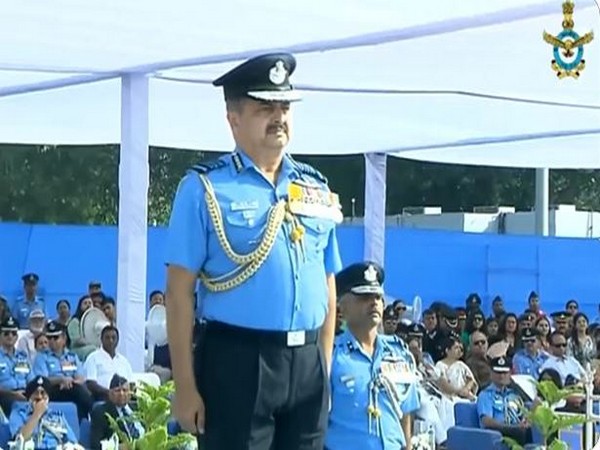
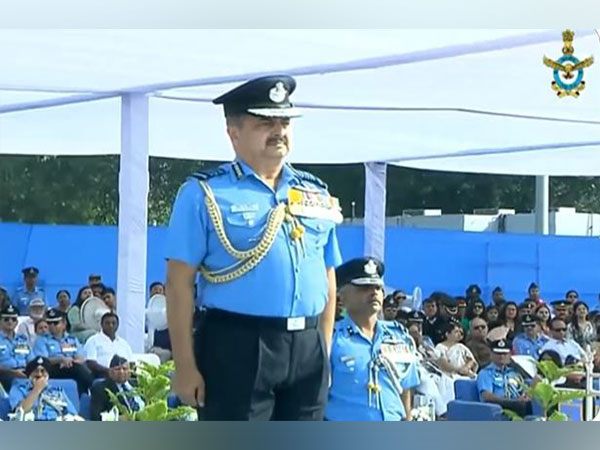

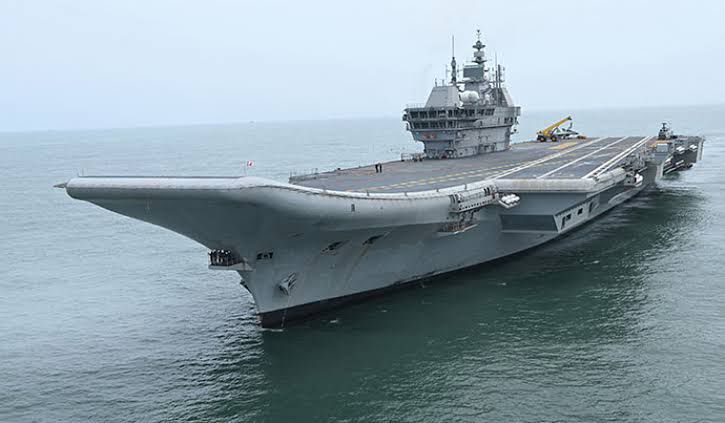


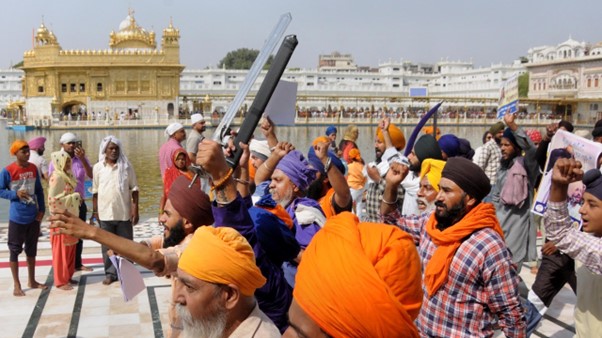






POST COMMENTS (5)
Yash Raj
Pseudonym
K L Sharma
YPN
HS Garcha